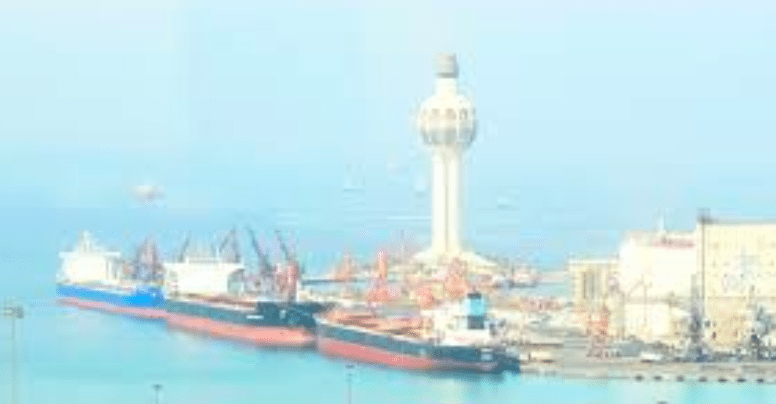Saudi Arabia’s government buying agency overnight bought just over one million tonnes of feed barley for arrival between mid-May and end-June 2018 at an average price of US$249.23 per tonne cost and freight, up two per cent on its previous purchase of a similar quantity last month.
All but one of the 17 cargoes traded was offered by trading houses COFCO, Glencore and Louis Dreyfus.
Against a background of stronger prices for all types of grains, this transaction compares with its purchases for last year’s equivalent period, May-June 2017, which had dealt at around US$190/t cost and freight.
Traders said that while the prices at this latest tender were extremely strong, the prospect of more than a nominal quantity of Australian feed barley being shipped to Saudi Arabia this time was remote.
This is because of tightness of Australia’s available export stocks, and China continuing to be prepared to pay more for suitable barley than Saudi Arabia is for feed.
MarketCheck head of trading, Tim Phelps, said while Glencore, COFCO and Louis Dreyfus had extensive Australian operations, the ability of Australian barley to supply this tender would come down to price from alternative origins.
These are the European Union, Black Sea and North America, where old-crop supplies are dwindling.
“On paper, it certainly looks like we’ve become competitive into Saudi, which is really encouraging for our market, especially when you consider that we’ve not really been in the ballpark when previous tender results have been announced.”
China appeal
Mr Phelps said traders might well be getting more “bang for their buck” by sending barley to China.
“So much of our export focus has been directed at China this season, where prices have been more attractive than Saudi, which tends to be the cheapest destination,” he said.
“While it’s not out of the question that a couple of boats find their way to Saudi ports, it may be more likely that we continue to see Aussie barley directed towards existing and new business being done into China.”
Australian “Chinese-quality” barley prices paid recently by Chinese buyers have been broadly equivalent to the levels of the Saudi business.
Trade sources said Australia’s trade with China gave it the benefit of not only the 3pc import duty advantage Australia enjoys, but also a notional premium of around US$5/t on moisture and quality, reflecting a total advantage of around $12/t.
Maybe Russia
Trade sources said the more likely origin to execute many current-tender shipments would be early new-crop northern hemisphere barley, with Russia a possible supplier.
However, selling grain which is not yet harvested comes with a risk tied to the possibility of a very wet harvest, which could cause delivery delays and create quality problems.
Current-crop Argentine barley may also be available to fill the tender’s early slots.
Grain Central: Get our free daily cropping news straight to your inbox – Click here


HAVE YOUR SAY